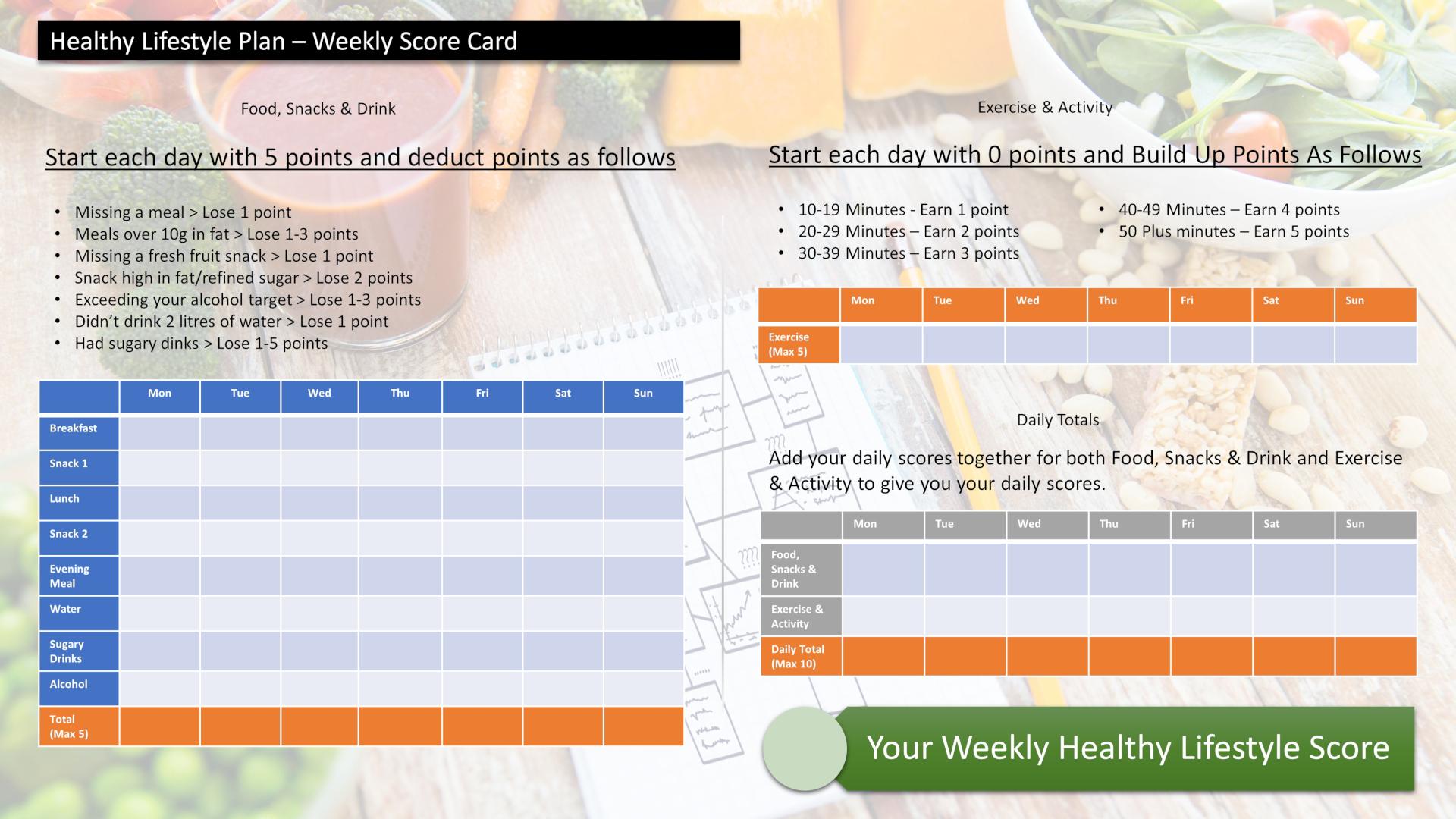What is dyslexia is a question that haunts parents teachers, friends and students.
The word dyslexia is derived from the Greek word, dys (meaning poor or inadequate) and the word lexis (meaning words or language).
Dyslexia is an inherited condition that makes it extremely difficult to learn to read write and spell in your own language despite being smart enough to learn, wanting to learn and being exposed to teaching methods that worked for most everybody else.
Children with dyslexia puzzle their teachers, parents and friends because they are obviously smart enough to learn to read and write yet they don’t seem to be able to do it at the level of everybody else.
This initiates a wave of negative assumptions towards the child. People conclude that the child is lazy or just unmotivated they might encourage the child to try harder. This leads to trying to encourage the child to try harder, bribing the child or shaming the child. But that wont help because dyslexia is not due to laziness or lack of motivation or lack of intelligence. It is an inherited condition that gives someone a brain that functions differently.
The answer is as intricate as our understanding of the brain itself. We have madeincredible advances in understanding how the brain functions. The technology available today has allowed scientists to determine what specific sections of the brain are responsible for areas of speech, creativity,emotions and many other things. It is possible to map out these functions as they take place within the brain.
I do not intend this post to be highly technical and full of jargon however to do justice to the question of what is dyslexia we need to know that it is a processing issue within the brain itself.
Brain research to explain how a dyslexic’s brain works
The research on dyslexia conducted by the national health authorities at the universities of Harvard and Yale have concluded that the brain of a dyslexic person is in fact different to everybody else.
The brain is made up of two hemispheres the left and the right hemisphere. In most people the left hemisphere is larger than the right hemisphere about ten percent larger.
The brain of a dyslexic person is such that both hemisphere are the same size.
The fascinating part to note here is that both hemispheres became the same size not by the left hemisphere shrinking but by the right hemisphere enlarging.
This means that people with dyslexia have an increase of 10% in their right hemisphere.
The gifts and skills of Dsylexia
The brain of a person with dyslexia is not bad or damaged but it functions differently.
The difference comes with many gifts and skills in many areas. This includes having tremendous creativity and being very talented at art, music, athletic, science ,engineering and architecture. The down side of having these gifts through the increased right side of the brain ability is that it will make processing language more difficult.
The good news is that dyslexic people can learn to read and write at their age level.
As research highlights the way a dyslexic’s person’s brain works so do teaching methods and technology come into line with enabling an obviously smart person to learn to read and write.
Once schools teachers and parents are armed with the knowledge that dyslexia can be mastered or tamed then the whole area of recognizing the brilliance of individuals with dyslexia can begin.
This in my opinion seems to be the stumbling block for all concerned, being able to appreciate and come to grips with all of the talents a person possess. As a society we are very judgmental and quick to label others when we don’t understand.
Understanding and compassion will enable us to achieve so much more than ridicule and labeling others as inferior.
Sue Barton the founder of Bright Solutions for Dyslexia speaks passionately about her quest to understand and provide solutions for people with dyslexia. Sue began her understanding of Dyslexia when her nephew a bright happy go lucky very smart child found it difficult to learn to read. He was still reading at a year two level in the tenth grade. Sue made it her mission to help her nephew Ben. What she discovered was a teaching method to assist people with dyslexia to learn to read at their age level or above. The proof of this is that she taught her mum to use this method with Ben. Sue’s mum a retired nurse tutored Ben three times a week with the information that Sue provided her with.
The happy ending is that Ben who had not learnt to read beyond the second year level whilst in the tenth grade finished his schooling being able to read at the seventh grade level. So in two years he managed to progress five years in reading where previously he was stuck and not progressing any further.
Sue explains dyslexia very clearly in her video at her Bright solutions foundation. Click on the link and watch it for yourself. As you will notice the information I have provided in this post is largely taken from Sue’s wealth of experience in the area of teaching dyslexia.
If you are looking for more information about this I suggest you visit the bright solutions website.
Score Your Way To Good Health - With Our Healthy Lifestyle Plan
Score your way to good health with our healthy lifestyle plan and it's unique 70 point weekly scorecard!



